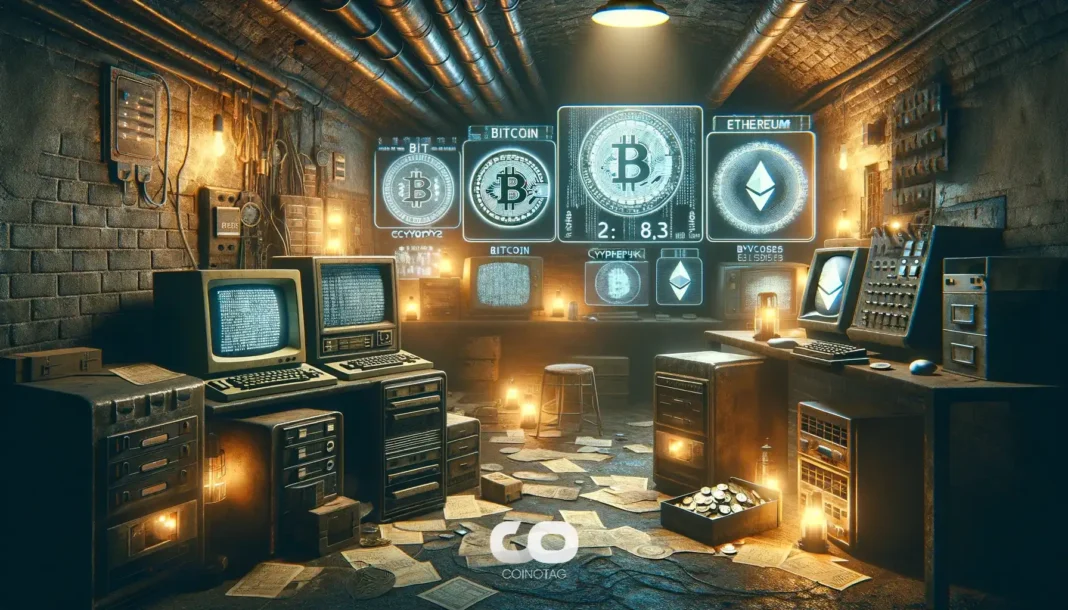-
A rare 100-BTC Casascius bar, purchased in 2012, has been moved to a hardware wallet, marking a significant moment in the preservation and accessibility of physical Bitcoin assets.
-
This transition highlights the evolving nature of crypto asset management, balancing historical value with modern security practices.
-
According to COINOTAG, the owner emphasized, “This was more about staying safe than suddenly getting rich,” underscoring the long-term perspective of seasoned Bitcoin holders.
Discover how a 100-BTC Casascius bar, valued over $10 million, was securely transferred to a hardware wallet, reflecting shifts in crypto asset security and legacy preservation.
Historic 100-BTC Casascius Bar Redeemed Amid Rising Bitcoin Prices
In a landmark event for physical cryptocurrency collectors, a BitcoinTalk user known as “John Galt” successfully transferred a 100-BTC Casascius bar to a hardware wallet after holding it for nearly 13 years. Purchased in 2012 when Bitcoin was valued under $100, this physical bar has appreciated to a value exceeding $10 million as of May 13, 2024, when Bitcoin traded around $104,000. Casascius bars are unique collectibles that embed private keys beneath tamper-evident holograms, representing tangible ownership of Bitcoin. This move from a physical to a digital wallet underscores a growing trend among early adopters to enhance security and liquidity while preserving the asset’s historical significance.
Challenges in Selling High-Value Physical Bitcoin Assets
Despite the bar’s substantial value, “John Galt” revealed the difficulties in finding credible buyers for such a rare and expensive item. The physical nature of Casascius bars adds complexity to transactions, as prospective buyers must trust the authenticity and intactness of the embedded private keys. Galt described the redemption process as emotionally challenging, likening it to “destroying a piece of history.” This sentiment reflects the collector’s dilemma: preserving the physical artifact versus unlocking the digital asset’s full utility. The decision to transfer the Bitcoin to a hardware wallet was driven by a desire for enhanced security and ease of access rather than immediate liquidation.
Limited Supply and Legacy of Casascius Physical Bitcoins
Casascius bars and coins remain a rare segment of the Bitcoin ecosystem, with only a finite number still active and unredeemed. According to the Casascius tracker Uberbills, over 17,000 physical coins and bars are still in circulation, including high-value denominations such as two 1,000-BTC bars and a 500-BTC bar. These physical Bitcoins serve not only as investment vehicles but also as historical artifacts from Bitcoin’s early days. The physical coins range from smaller brass and silver denominations to gold-plated bars, each containing a private key concealed beneath a tamper-evident hologram. This limited supply enhances their collectible status and presents unique challenges for holders seeking liquidity or security upgrades.
Security Implications of Transitioning Physical Bitcoin to Digital Wallets
The move from physical Casascius bars to hardware wallets represents a significant evolution in crypto asset security. Hardware wallets offer robust protection against theft, loss, and damage compared to physical coins, which are vulnerable to physical degradation or loss. By transferring the private keys from the bar to a hardware wallet, holders can leverage modern cryptographic security measures while maintaining control over their Bitcoin. This transition also facilitates easier management and potential future transactions without compromising the asset’s provenance. Industry experts emphasize that such moves are prudent for long-term holders prioritizing asset safety over immediate profit-taking.
Conclusion
The redemption and secure transfer of a 100-BTC Casascius bar highlight the intersection of Bitcoin’s physical legacy and contemporary security practices. As Bitcoin’s value continues to rise, holders of physical coins face complex decisions balancing historical preservation with practical asset management. This case exemplifies a cautious yet forward-looking approach, where safeguarding digital wealth takes precedence over speculative gains. For collectors and investors alike, the evolution from physical to digital custody marks a pivotal chapter in the maturation of cryptocurrency ownership.







